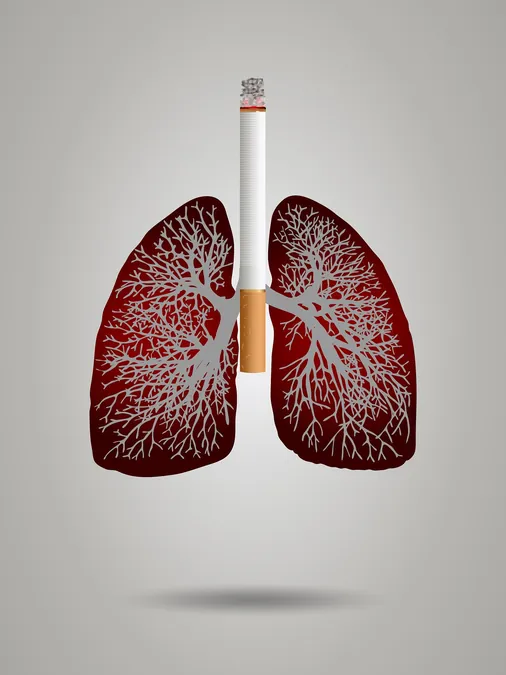
Shocking Study Reveals 15% of Cancer Patients Are Active Smokers!
2025-04-15
Author: Jia
The Alarming Reality of Smoking and Cancer
A groundbreaking study led by Yale Cancer Center has unveiled a startling statistic: 15% of cancer patients in the U.S. are still active smokers at the time of their diagnosis. This eye-opening research, published in JAMA Oncology, analyzes data from the National Cancer Database (NCDB), which for the first time incorporated patients' smoking statuses in 2023.
The Critical Connection Between Smoking and Cancer
Smoking is a notorious culprit, linked to an array of cancers including lung, mouth, throat, esophagus, and liver. By integrating smoking data into the NCDB, researchers aim to provide valuable insights into how this habit might influence treatment outcomes. Dr. Daniel Boffa, a senior investigator at Yale, emphasizes the significance of this comprehensive analysis, stating, "This is the broadest look at smoking within the U.S. cancer population available."
Why This Matters: The Prevalence of Smoking in Cancer Patients
The NCDB data reveals that nearly half of cancer patients diagnosed this year have a history of smoking, with an astonishing 47% being either current or former smokers. This stark contrast against the general population — where only about 12% smoke — illustrates a fourfold increase in tobacco use among cancer patients, spotlighting the critical relationship between smoking and cancer.
The Impact of Smoking on Treatment Effectiveness
The study highlights that treatment efficacy can vary significantly based on a patient’s smoking history. For instance, lung cancer in non-smokers is more likely to respond positively to targeted therapies. Dr. Boffa notes, "The effectiveness of treatments can dramatically shift depending on whether someone has a smoking-related cancer, underscoring the importance of this data for doctors."
Opportunity Knocks: Quitting Smoking Post-Diagnosis
With 15% of diagnosed patients still lighting up, the study reveals a remarkable opportunity for intervention. Encouraging patients to quit smoking post-diagnosis could significantly enhance survival rates. Dr. Boffa asserts, "Quitting can lead to fewer side effects from treatment and can improve treatment efficacy, potentially surpassing the benefits of new cancer therapies."
Regional Disparities: Where Smoking Rates Are Highest
The phenomenon of smoking prevalence is not uniform across the country. States like Kentucky, Tennessee, Alabama, and Mississippi report the highest rates of active smokers among cancer patients, highlighting an urgent need for targeted smoking cessation resources within cancer care programs.
A Call to Action: Integrating Smoking Cessation in Cancer Care
The study's findings underscore the necessity of including smoking cessation support within cancer treatment plans. By prioritizing resources to help patients kick the habit, the healthcare community could significantly improve outcomes for countless individuals facing cancer.


 Brasil (PT)
Brasil (PT)
 Canada (EN)
Canada (EN)
 Chile (ES)
Chile (ES)
 Česko (CS)
Česko (CS)
 대한민국 (KO)
대한민국 (KO)
 España (ES)
España (ES)
 France (FR)
France (FR)
 Hong Kong (EN)
Hong Kong (EN)
 Italia (IT)
Italia (IT)
 日本 (JA)
日本 (JA)
 Magyarország (HU)
Magyarország (HU)
 Norge (NO)
Norge (NO)
 Polska (PL)
Polska (PL)
 Schweiz (DE)
Schweiz (DE)
 Singapore (EN)
Singapore (EN)
 Sverige (SV)
Sverige (SV)
 Suomi (FI)
Suomi (FI)
 Türkiye (TR)
Türkiye (TR)
 الإمارات العربية المتحدة (AR)
الإمارات العربية المتحدة (AR)